The “Visitation”
The Impact of the Plague in Scotland
Originally posted to Callander Historical Society
Authentic records of the plague, or “visitation,” in Callander and the district do not go far back in the records, but it must have been known before times recorded. Plague broke out in Scotland in 1348, 1430, 1534, 1537, 1584, 1604, 1608, 1624, 1645 and 1647, and on each occasion the death rates were momentous. Not until 1645 is it recorded as having touched Callander and then the “visitation of God” swept the district like a scythe through corn.
Dirt, poverty, squalor and the lack of any sanitation were taken as normal in those days and no one seemed to have connected the living conditions with the scourge that decimated the population, wiped out by a disease that spread from house to house like a drifting fog.
All the parishes records show when terror, misery and death took control. The Kirk Sessions thus recorded between the years 1640 and 1630 give evidence of the visitation. Contemporary accounts say as much, a third of the Scottish population died, and while that was likely an exaggeration, there is no doubt that tens of thousands of people died in a very short space of time. The sheer speed and scale of its spread is what made the plague so absolutely deadly, with some cities and towns recording mortality rates of 80-90 per cent and some villages ceasing to exist because everyone there had simply died.
The first signs of the plague were lumps in the groin or armpits. After this, livid black spots appeared on the arms and thighs and other parts of the body. Few recovered, almost all died within two to three days, only a very small percentage of victims survived, and they were often left disabled, mentally and physically, for life.
The plague ravished the lands for almost three years until 1647. There are no records of how many perished during these times, but one can imagine the death toll induced during this period.
Because of the fear that the pestilence would escape from the graves of victims when a lair was opened, the church decided that the dead should be buried outside of towns. The churchyard of Kilmahog had a plague pit opened out with the graveyard walls, there were no proper burial, no rites were administered, wealthy or poor the plague made no exception, those that fell, were interned, unceremoniously, out with the graveyard of Kilmahog.




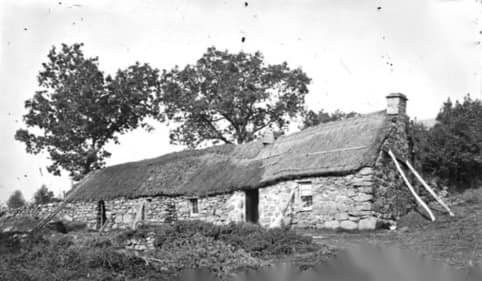
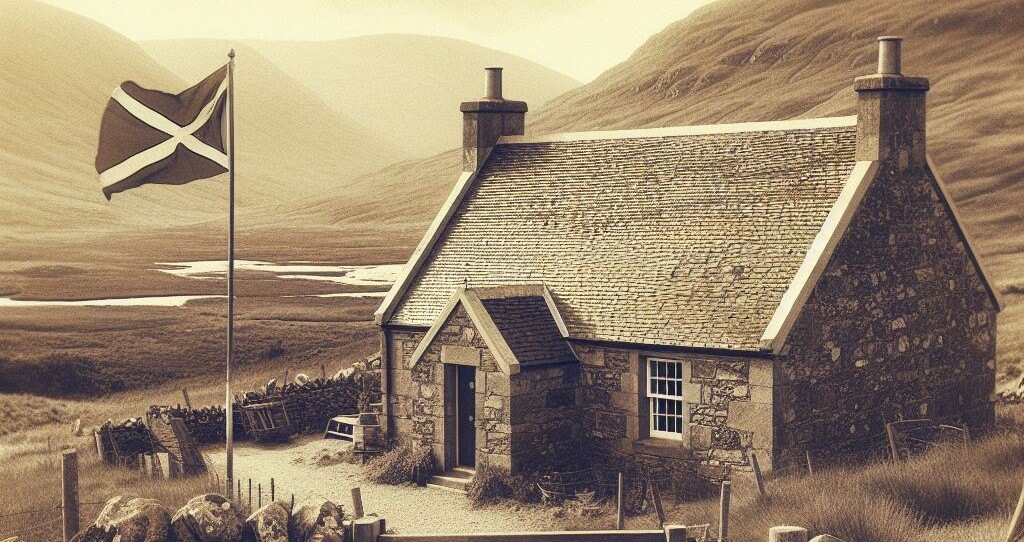
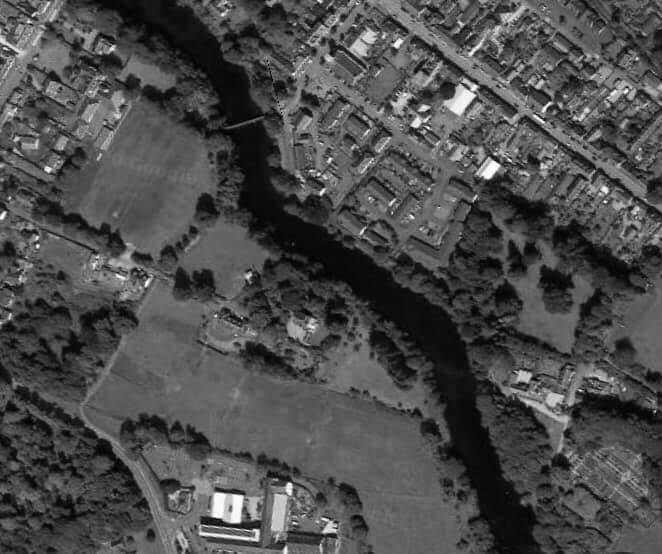
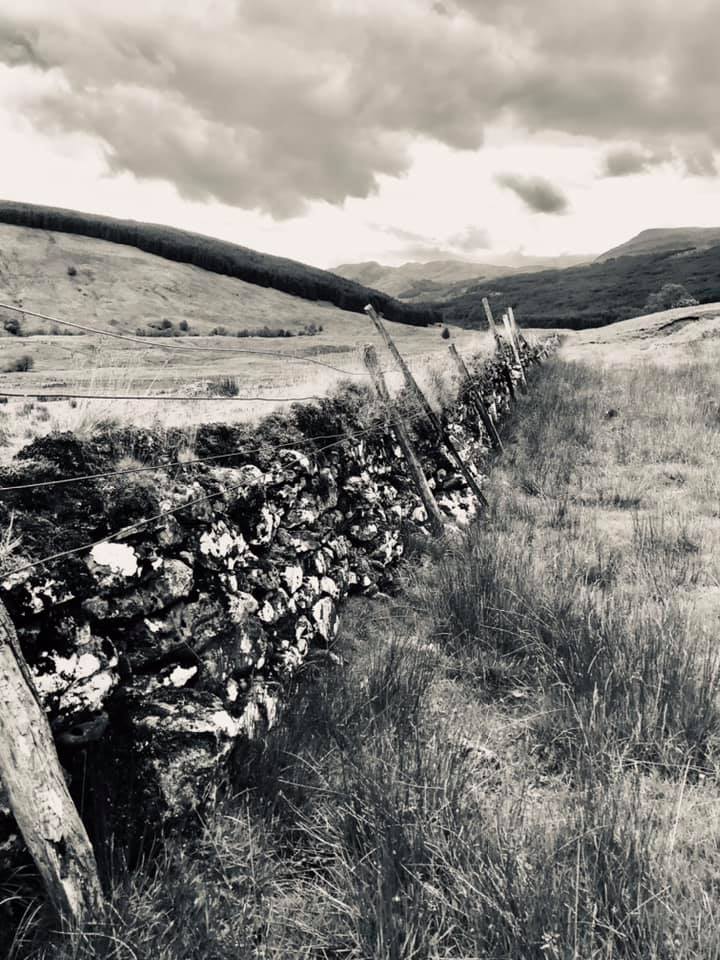
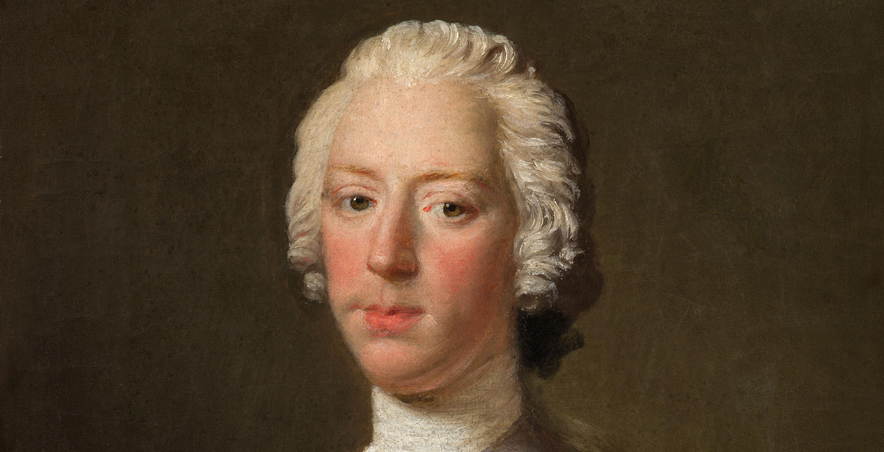
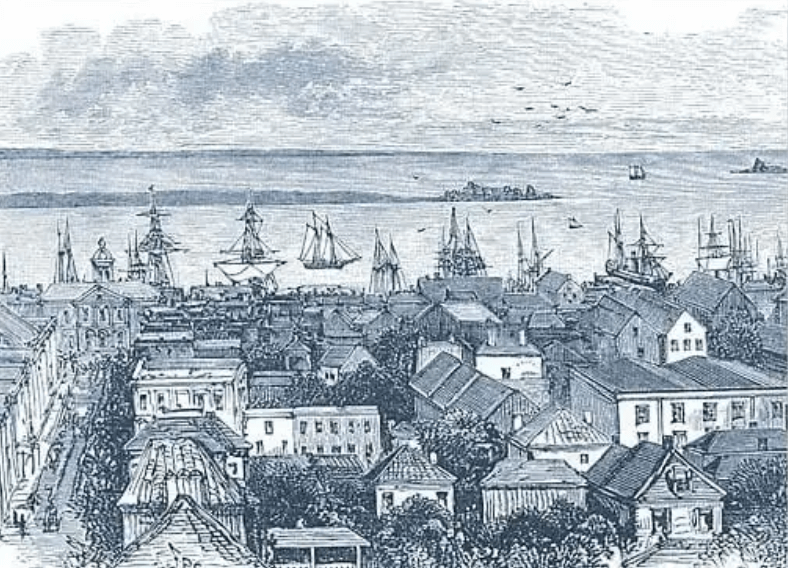
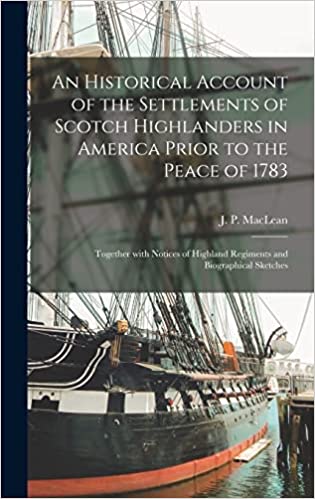
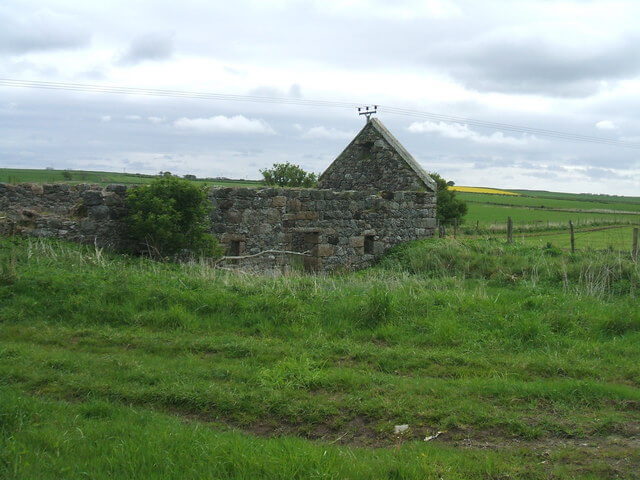
0 Comments